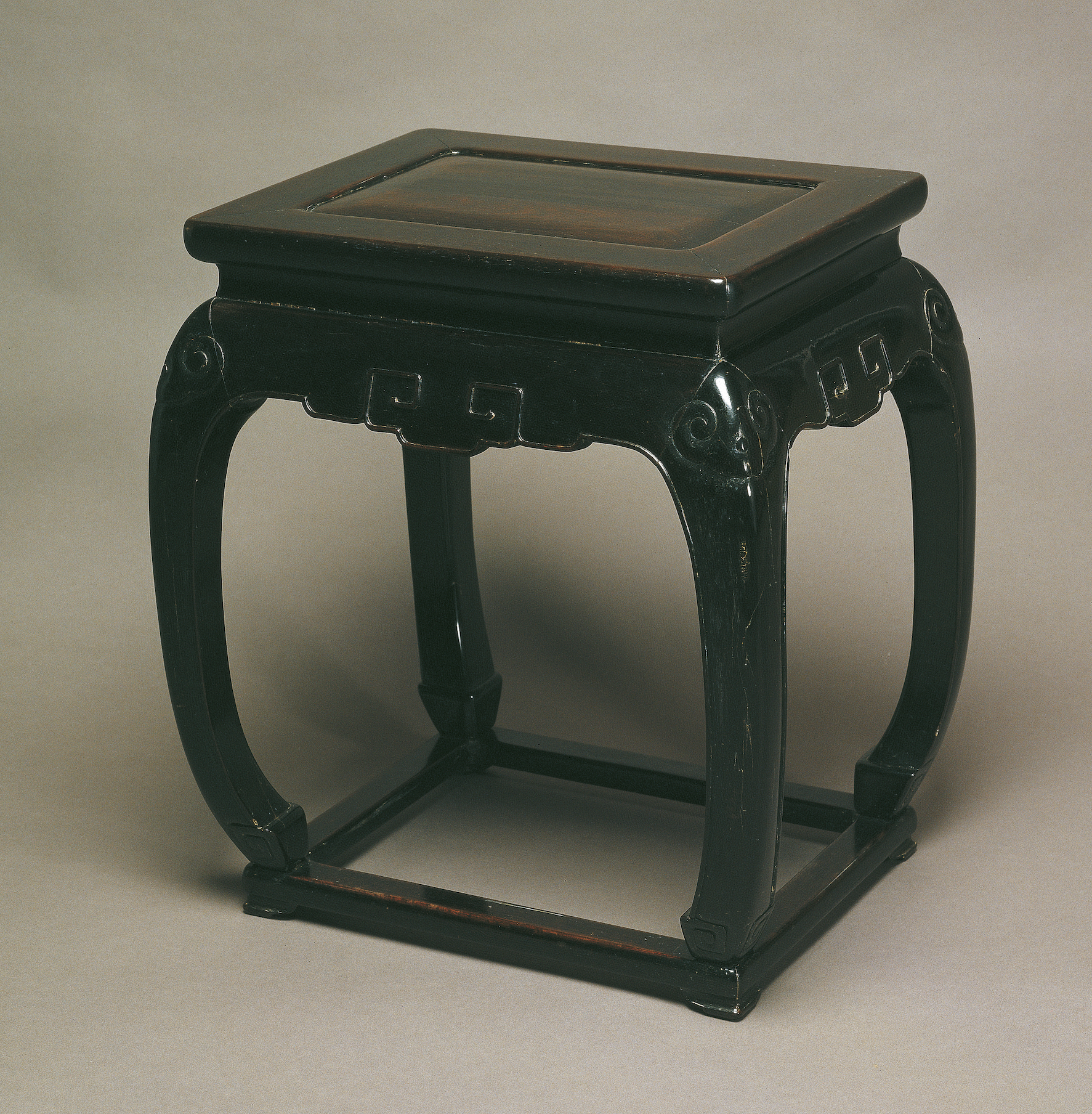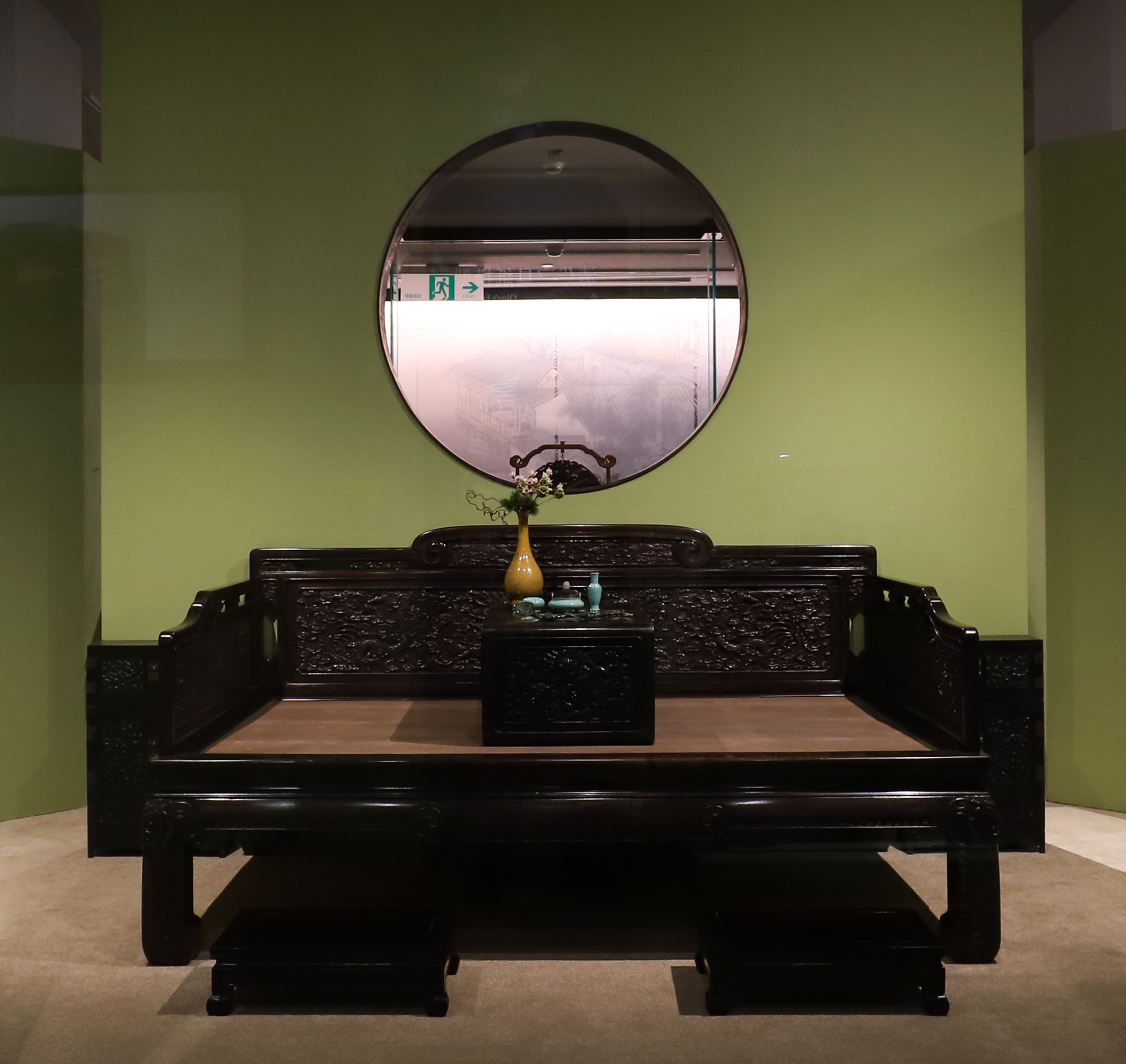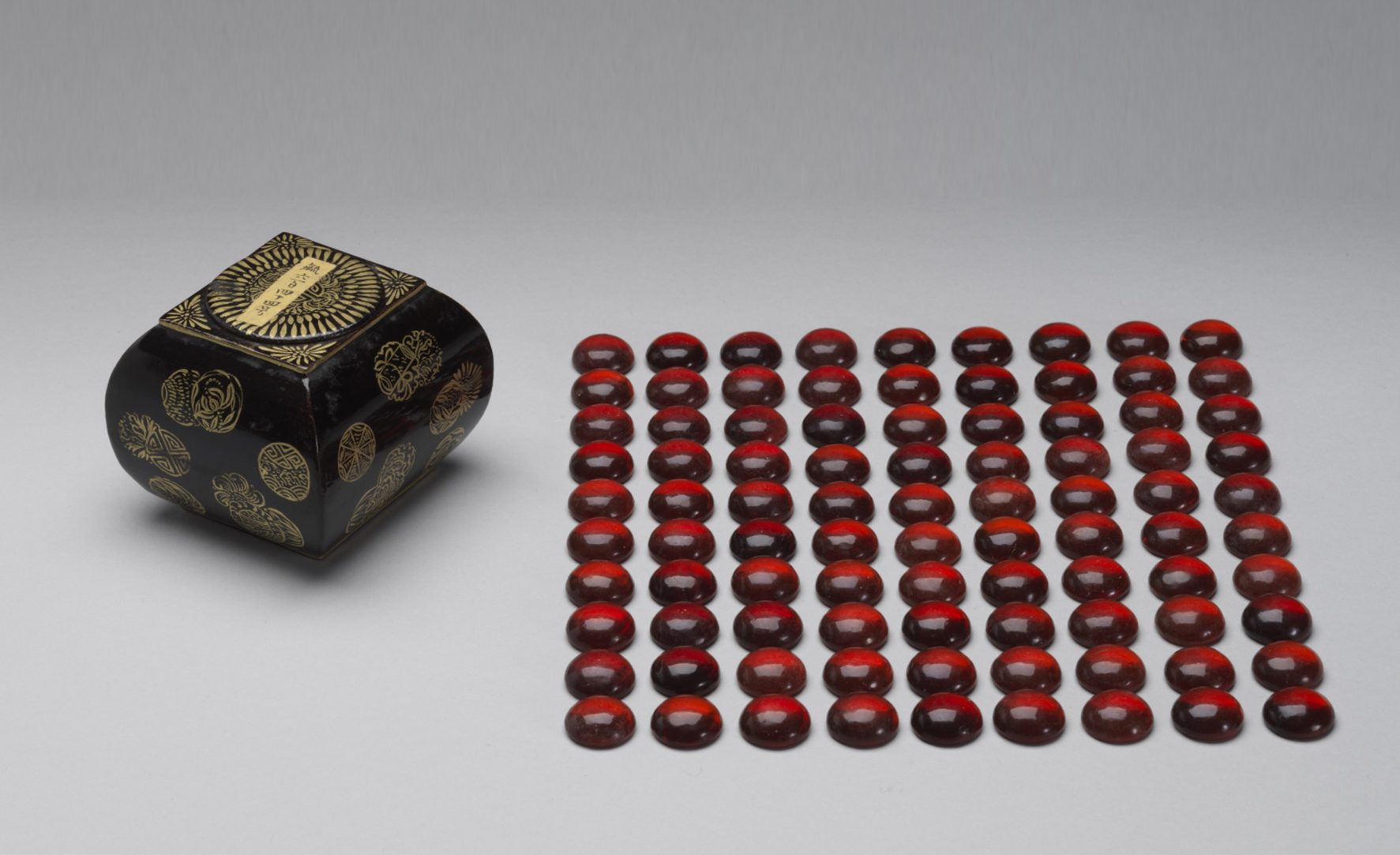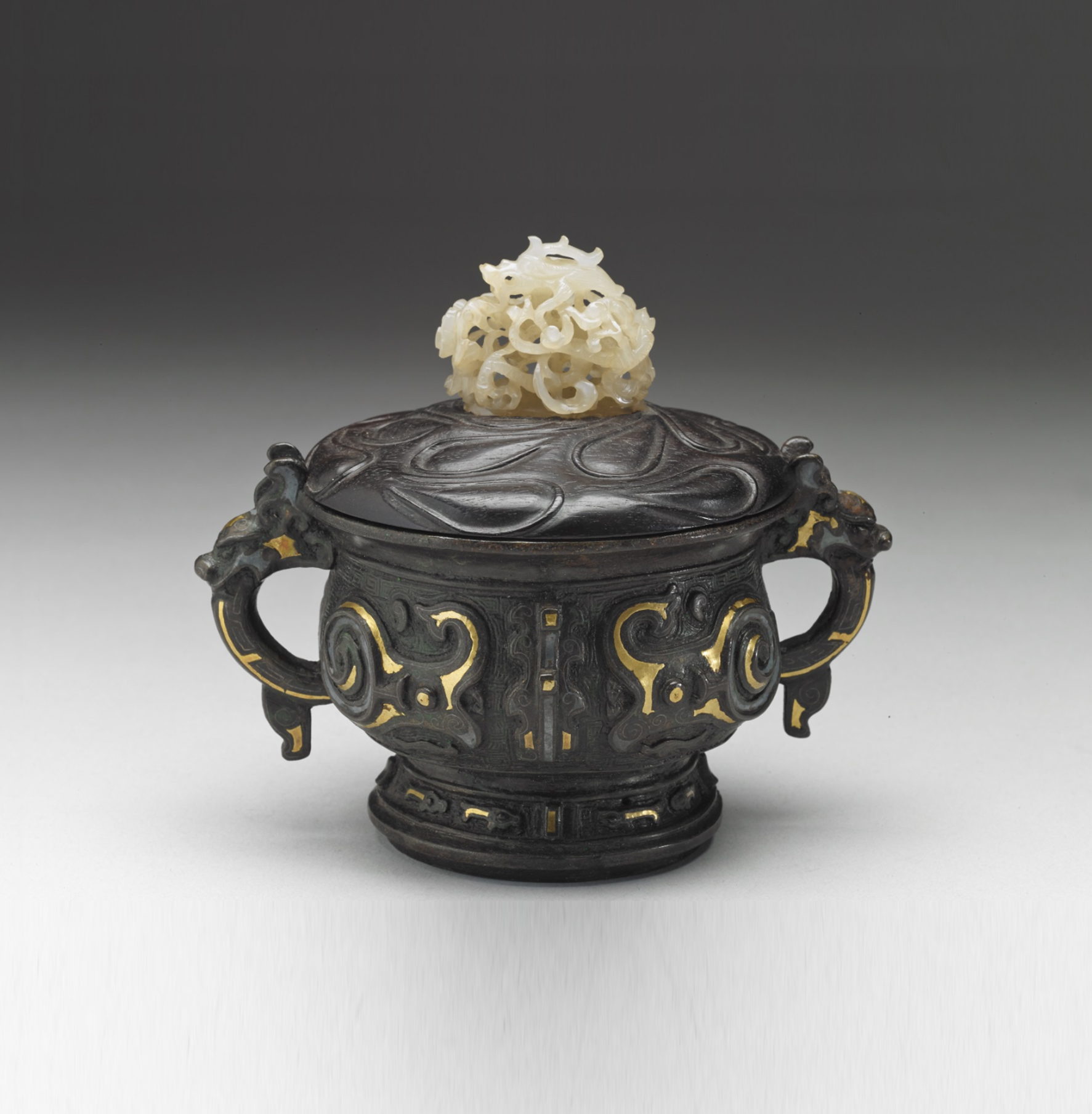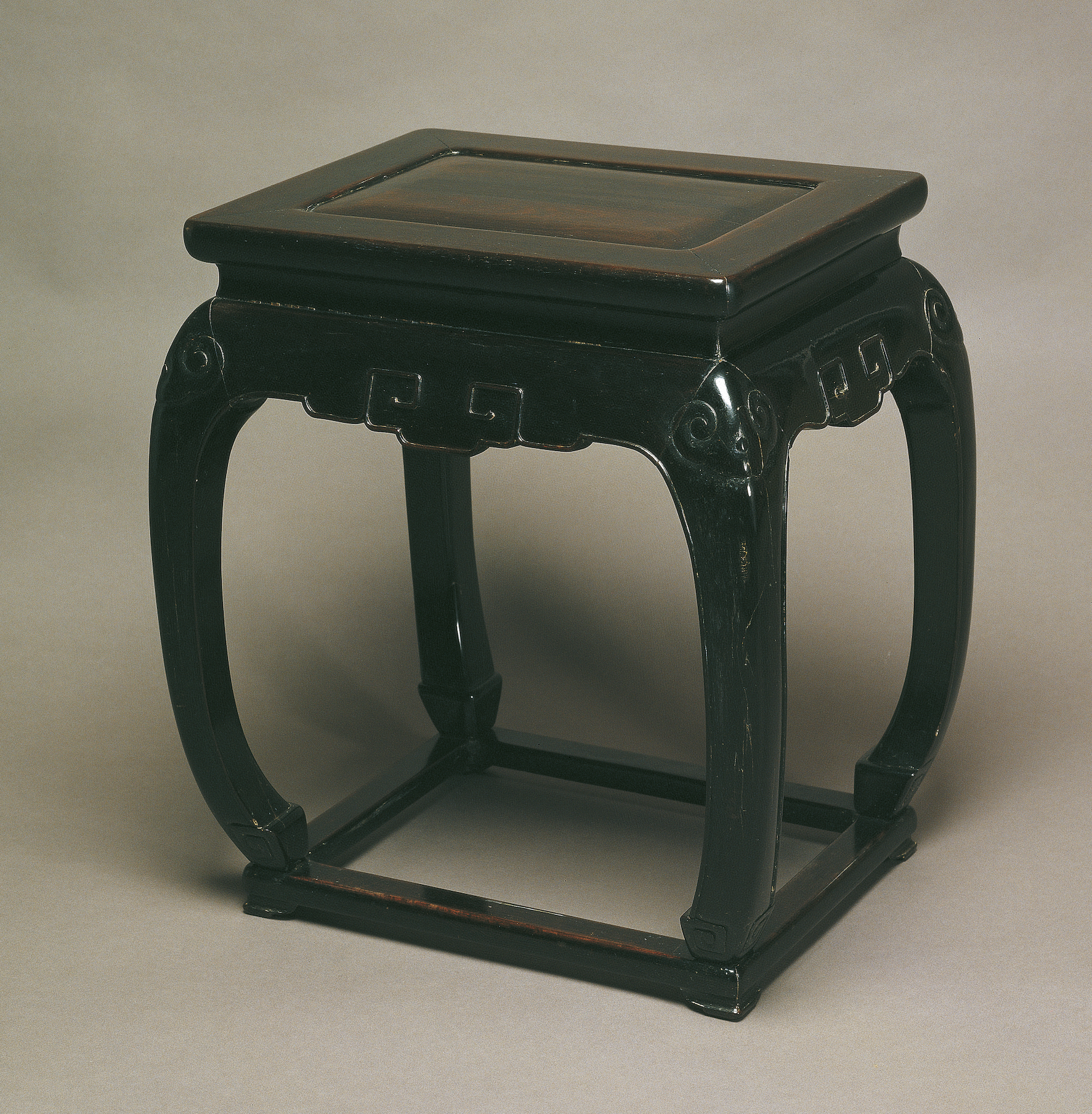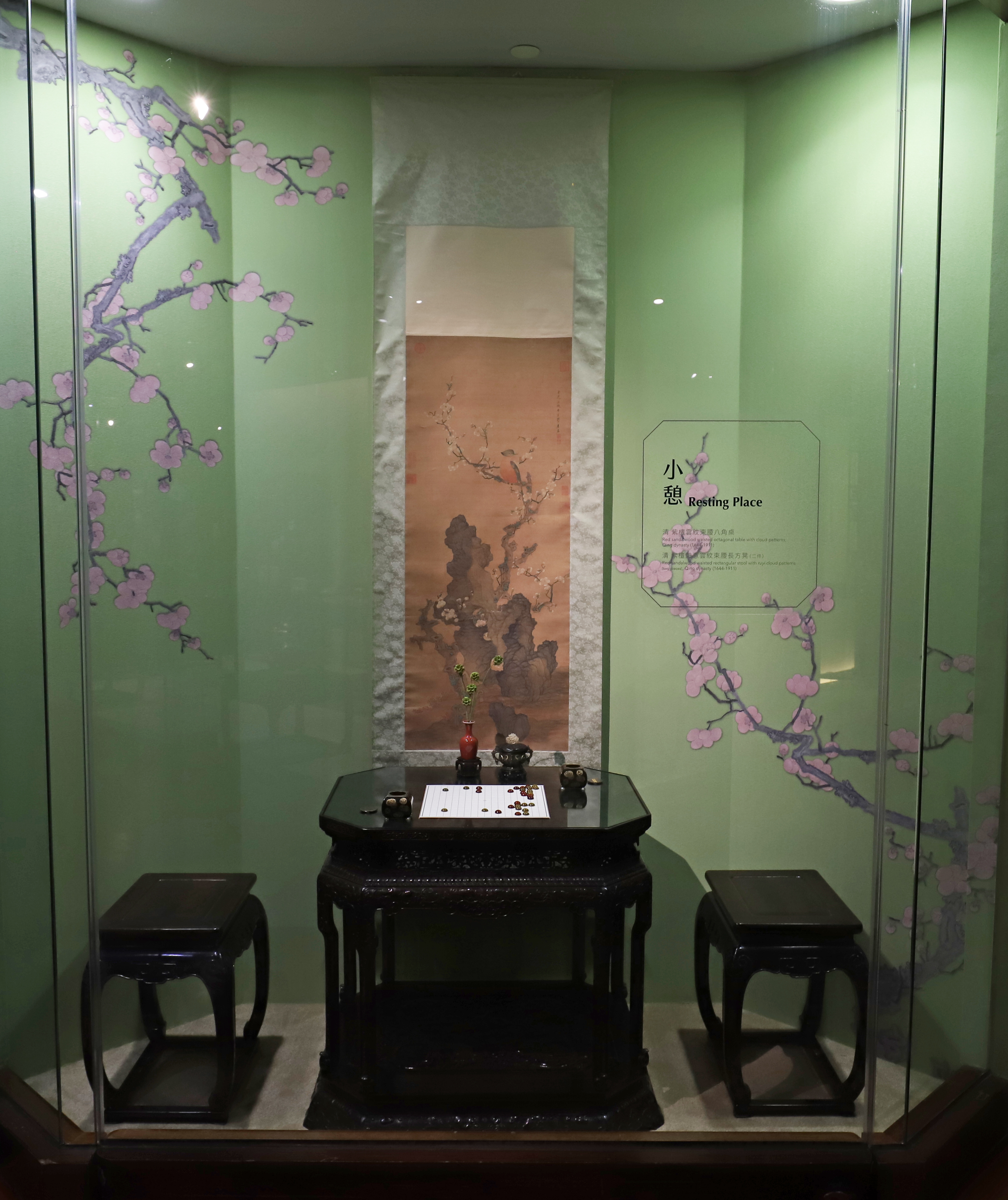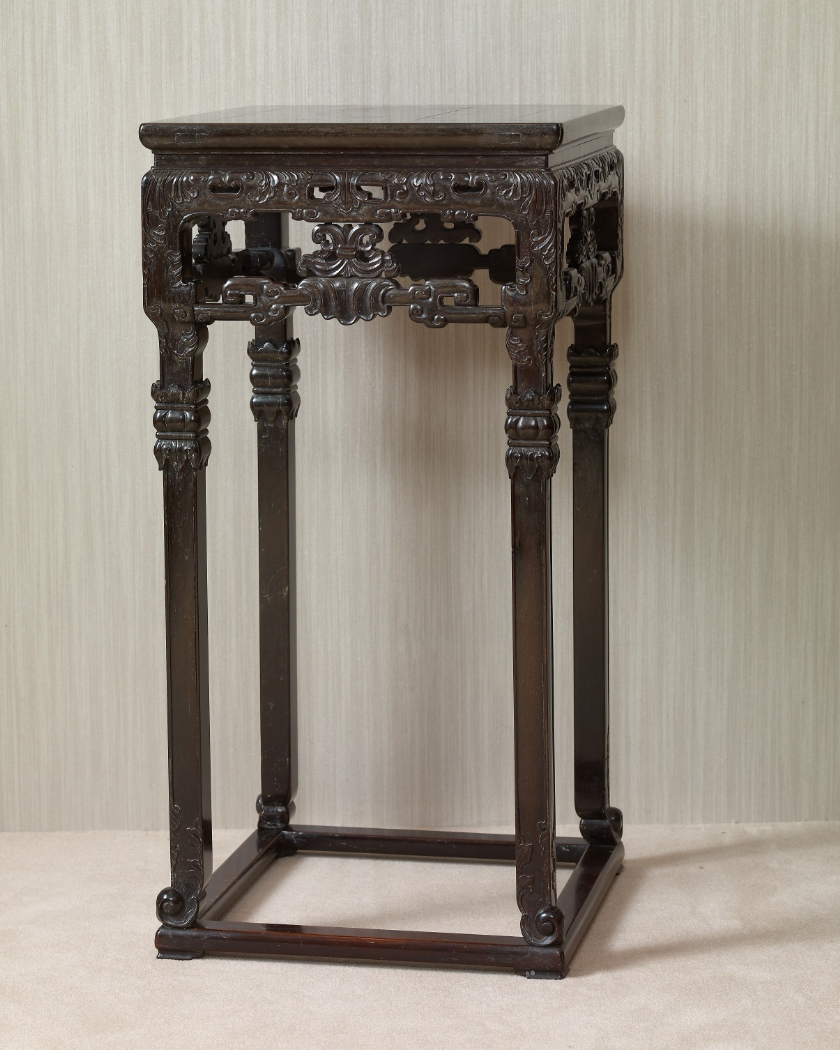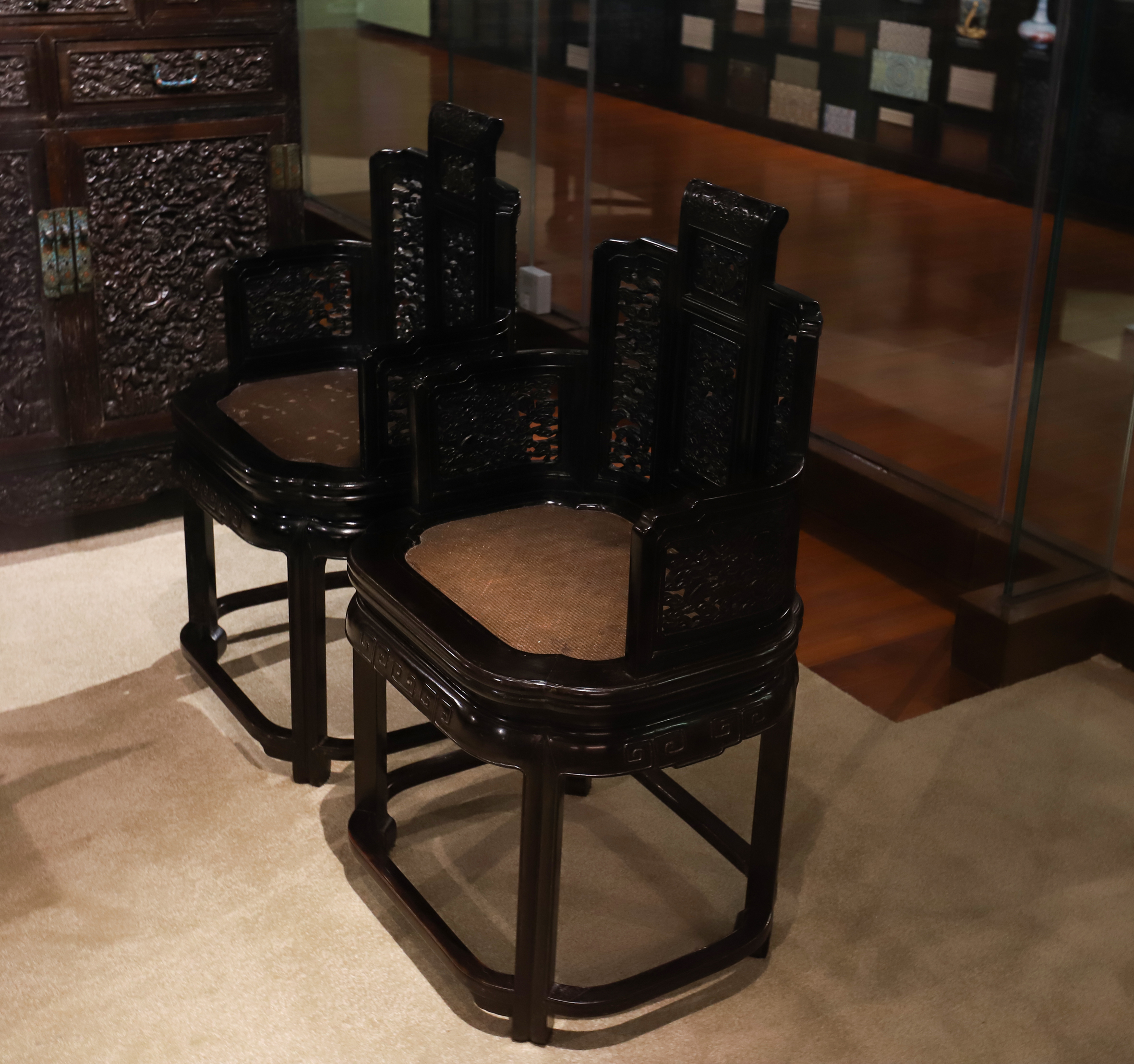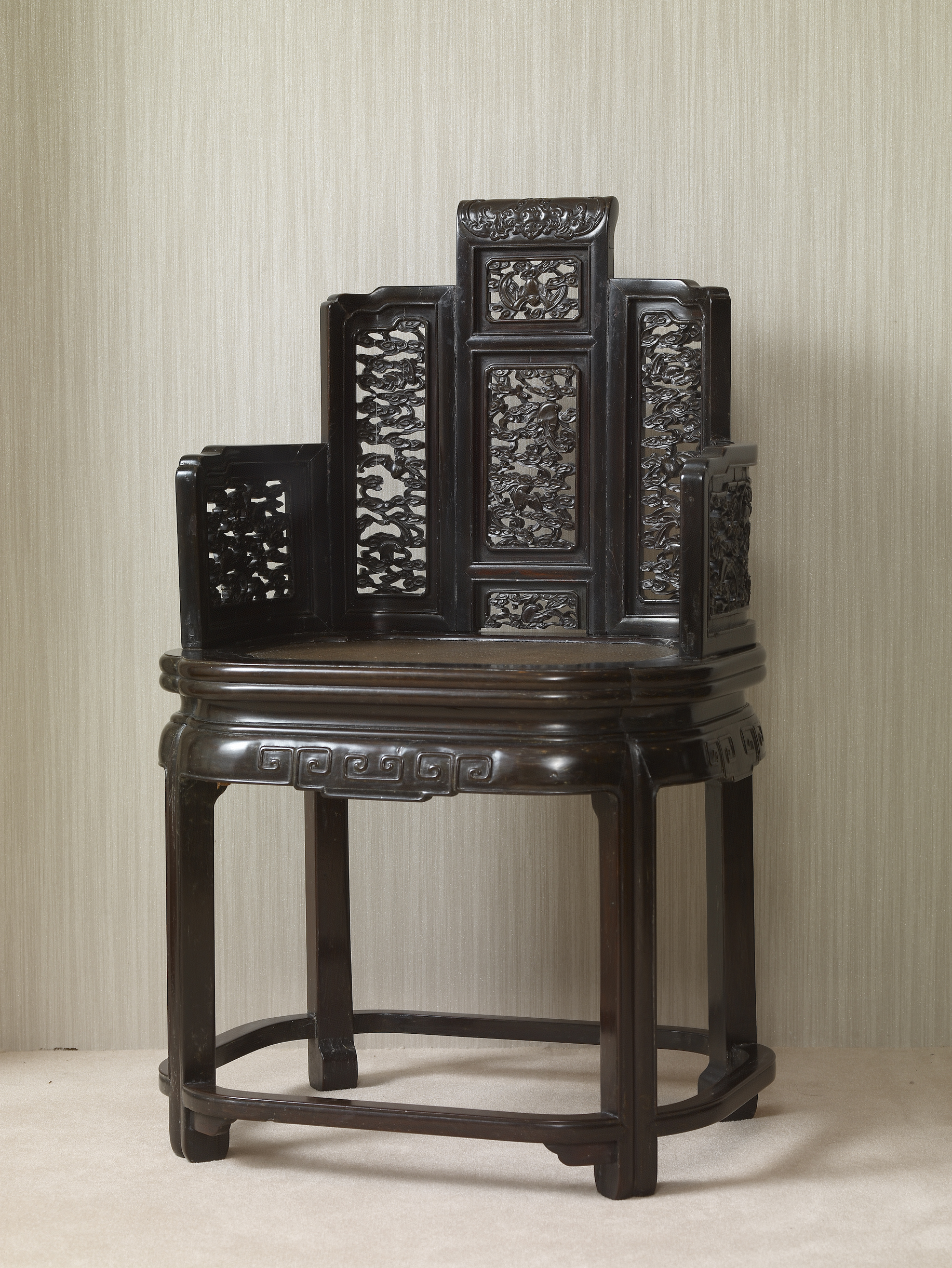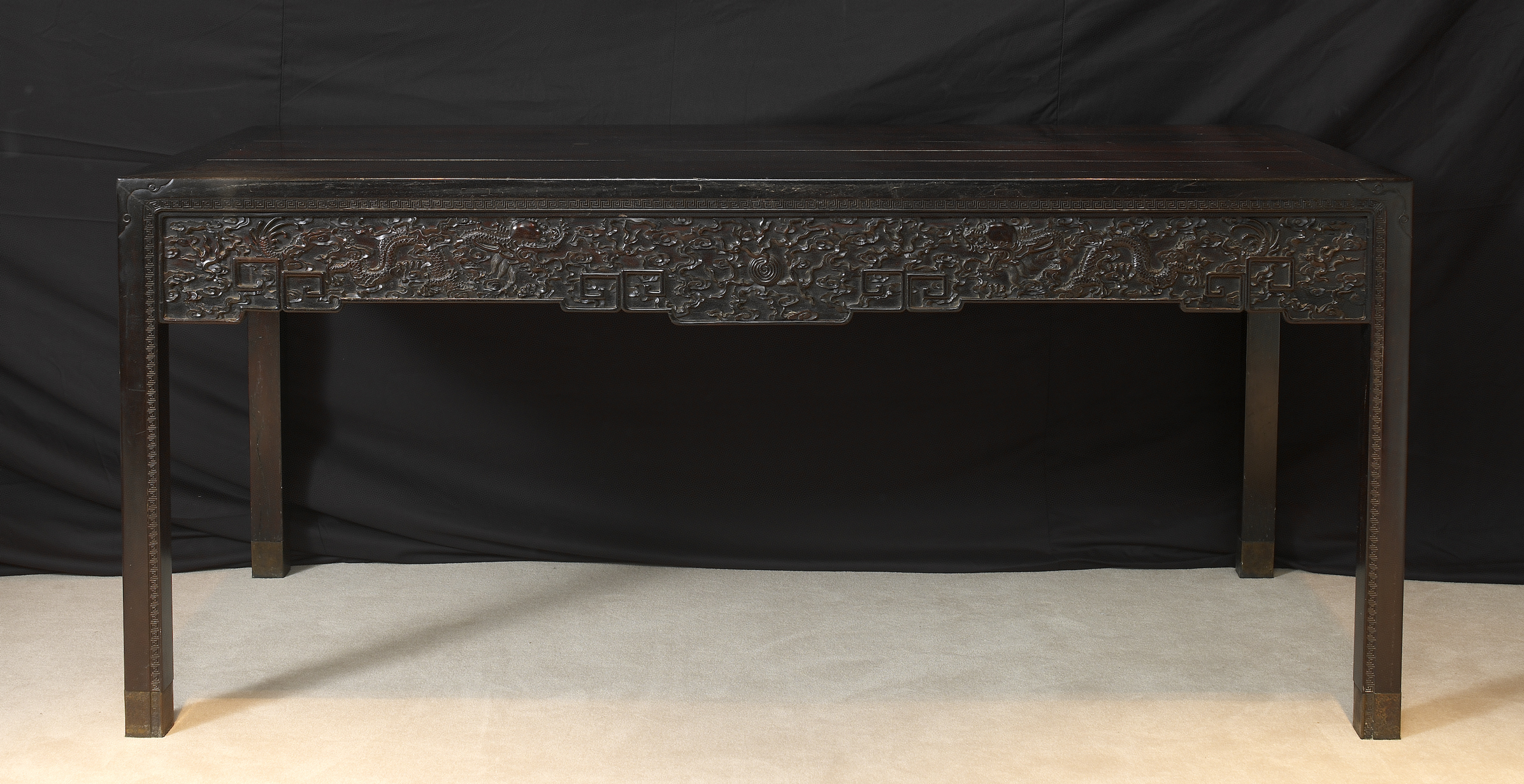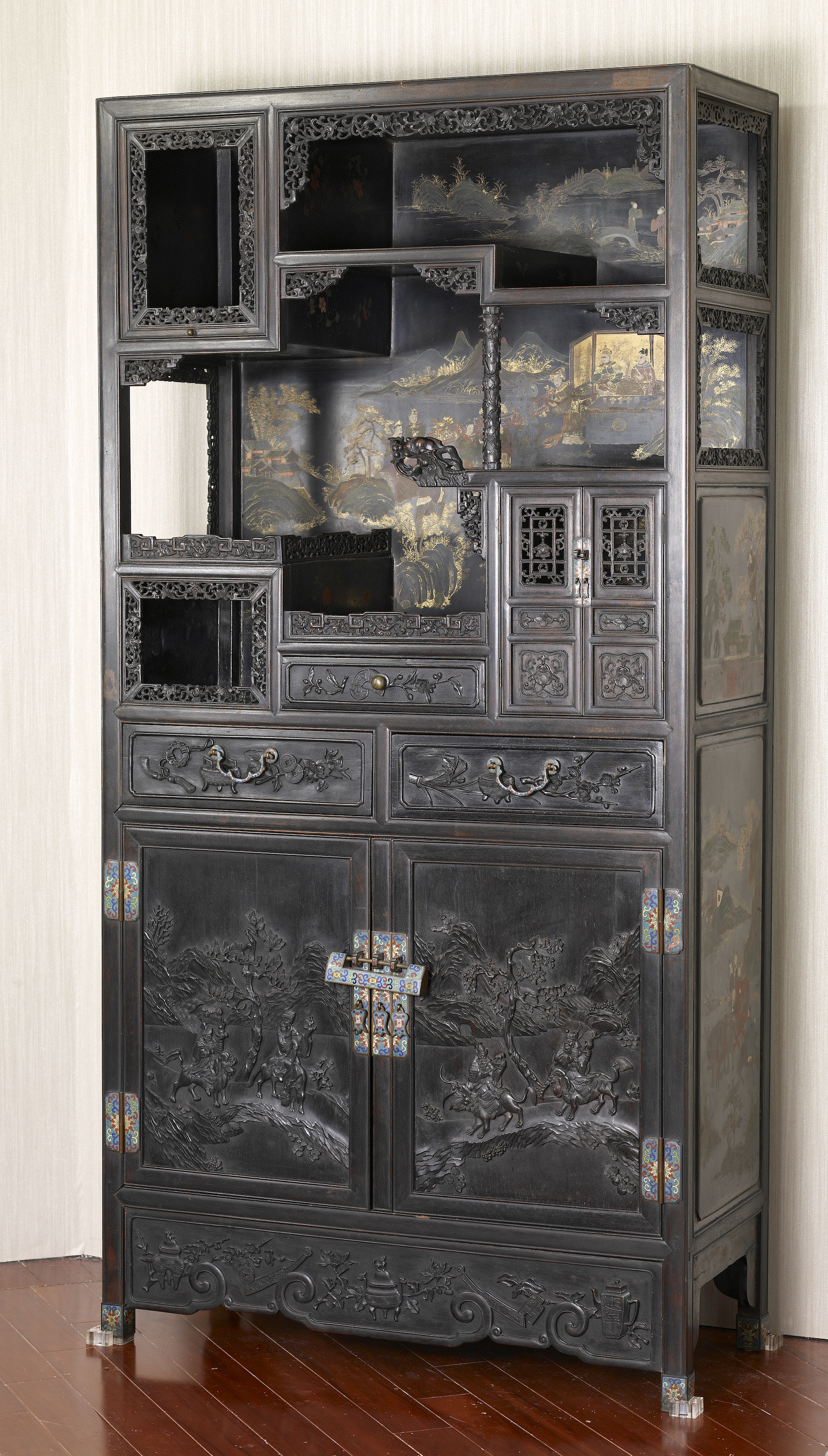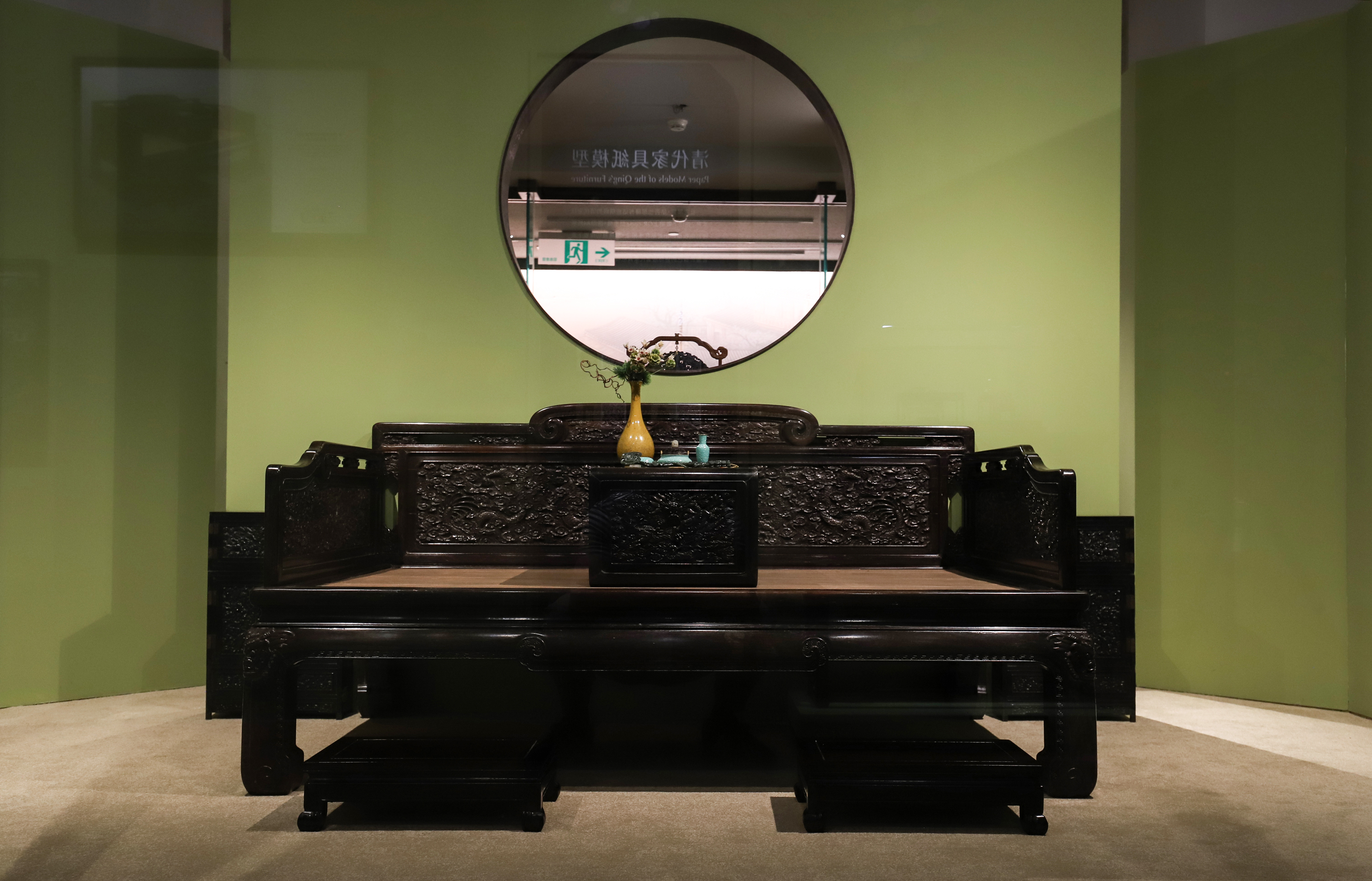Introduction
In the early 1980s, the National Palace Museum had purchased a suite of red sandalwood furniture, which came from the Prince Gong's Mansion in Beijing. According to research, it is known that they originally belonged to the Qing court, and were granted to the Prince Gong, Yixin (1833-1898) from the Emperor Xianfeng (1831-1861), to serve the purpose for the mansion. During the same time, the NPM had also received a pair of red sandalwood antique cabinets donated by the Ji Xingfu couple. These items had been made from high-density red sandalwood, which is rare and precious; the intricate carvings and the fine carpentry stand for the typical production of the Qing palace's furniture.
The display of furniture and cultural artifacts has enabled the understanding of general perspectives of the royalties’ daily life. Through the transitions among different spaces such as the living area, the study room, and the resting place, hence to comprehend the relationship between the appliance of furniture and the artifacts. Nonetheless, the pursuit of a refined lifestyle remains certain. The exquisiteness of furniture and the beauty of artifacts definitely deliver the finesse of the royal court. The vivid atmosphere created by various artifacts being appraised and displayed within the window view, in attempt to demonstrate the scenes of the royal court, which is above the ordinaries and also brimmed with elegance.
Prince Gong, Yixin
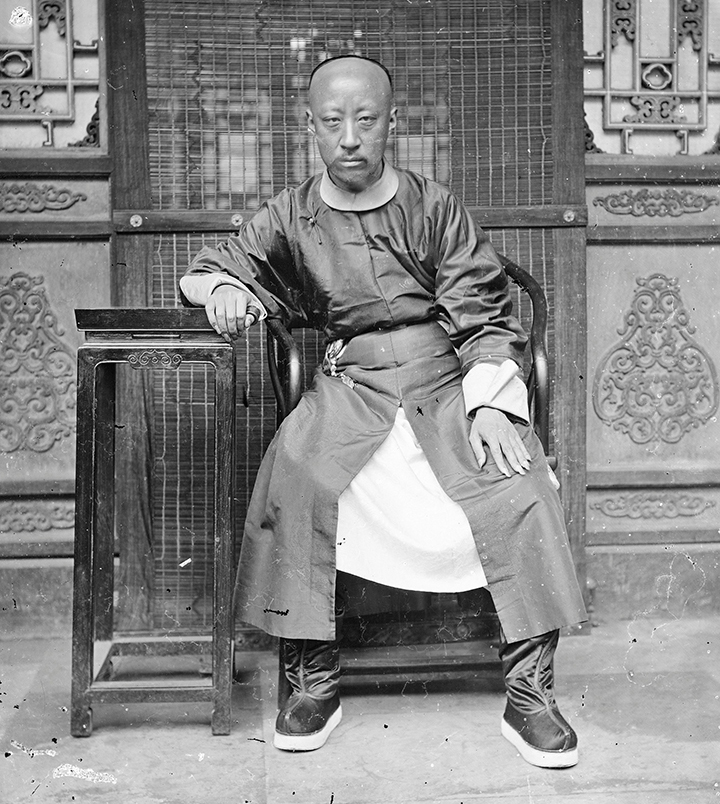
-
Yixin (1833-1898) from the Aisin Gioro family was the sixth son of Emperor Daoguang, and also the half-brother of Emperor Xianfeng. Emperor Daoguang granted the title of “Qinwang (First-rank Prince) Gong” to Yixin, and due to his devoted endeavors on assisting young emperor that he also claimed the status of “Prince of the Iron Cap”. This rare honor had only been awarded to twelve individuals over the three hundred years of the Qing Empire. Yixin not only had stood as a highly valued official across the three reigns of Emperor Xianfeng, Tongzhi, and Guangxu that witnessed the changes of the political situation during the late Qing, but also had been the main force of the westernization movement, and the imperial clan member that encouraged revolution.
Prince Gong had mastered the classic literatures and history since a tender age, and deeply cultivated in Sinology. The constant influence from the early stage of life accompanied naturally with the profound understanding of calligraphy, painting, and antique. Record once noted that he, "particularly specialized in appraisals, the calligraphies, paintings, and antiques that occupied the mansion with fifteen pillars, are all authentic." Not to mention his significant position had contributed to his exceptional collection through the imperial rewards, regular personal purchases, and tributes from others. By arranging the furniture once belonged to the Price Gong’s Mansion, we might be able to visualize how Prince Gong had appreciated his artefacts hundreds of years ago.
Resting Place
-
- Red sandalwood waisted octagonal table with cloud patterns, Qing dynasty (1644-1911)
- Red sandalwood waisted rectangular stool with ruyi cloud patterns(two pieces), Qing dynasty (1644-1911)
- Glass Go pieces and black-lacquered Go jars with gold painting, Qing dynasty (1644-1911)
- Gui food container with taotie beast patterns, Zhou dynasty (1046-256 B.C.E)
- Liuye vase in bean-red glaze, Kangxi reign (1662-1722), Qing dynasty
Study Room
-
- Red sandalwood screen with ivoty inlay in depicting the [Eighteen Scholars Ascending Yingzhou motif (a pair), Qing dynasty (1644-1911)
- Red sandalwood western-style waisted rectangular stand with leaf patterns (two pieces), Qing dynasty (1644-1911)
- Red sandalwood recessed-leg altar table with cloud, bat, and flower patterns, Qing dynasty (1644-1911)
- Red sandalwood small cabinet with cloud and dragon patterns (two pieces), Qing dynasty (1644-1911)
- Red sandalwood waisted rectangular stool with ruyi cloud patterns, Qing dynasty (1644-1911)
- Red sandalwood painting table with cloud and dragon patterns, Qing dynasty (1644-1911)
- Red sandalwood western-style waisted footrest with leaf patterns, Qing dynasty (1644-1911)
- Red sandalwood waisted royal seat with cloud and dragon patterns, Qing dynasty (1644-1911)
- Red sandalwood waisted square stand with kuei dragon patterns (two pieces), Qing dynasty (1644-1911)
- Red sandalwood five-panel armchair with openwork cloud and bat patterns (three pieces), Qing dynasty (1644-1911)
Living Area
-
- Red sandalwood screen with ivory inlay in depicting the "Eighteen Scholars Ascending Yingzhou" motif (a pair), Qing dynasty (1644-1911)
- Red sandalwood small four-shelf cabinet with cloud and dragon patterns (two pieces), Qing dynasty (1644-1911)
- Red sandalwood waisted luohan couch with cloud and dragon patterns, Qing dynasty (1644-1911)
- Red sandalwood kang stand with cloud and dragon patterns, Qing dynasty (1644-1911)
Paper Model of the Qing's Furniture
-
Paper Model of the Qing's Furniture

